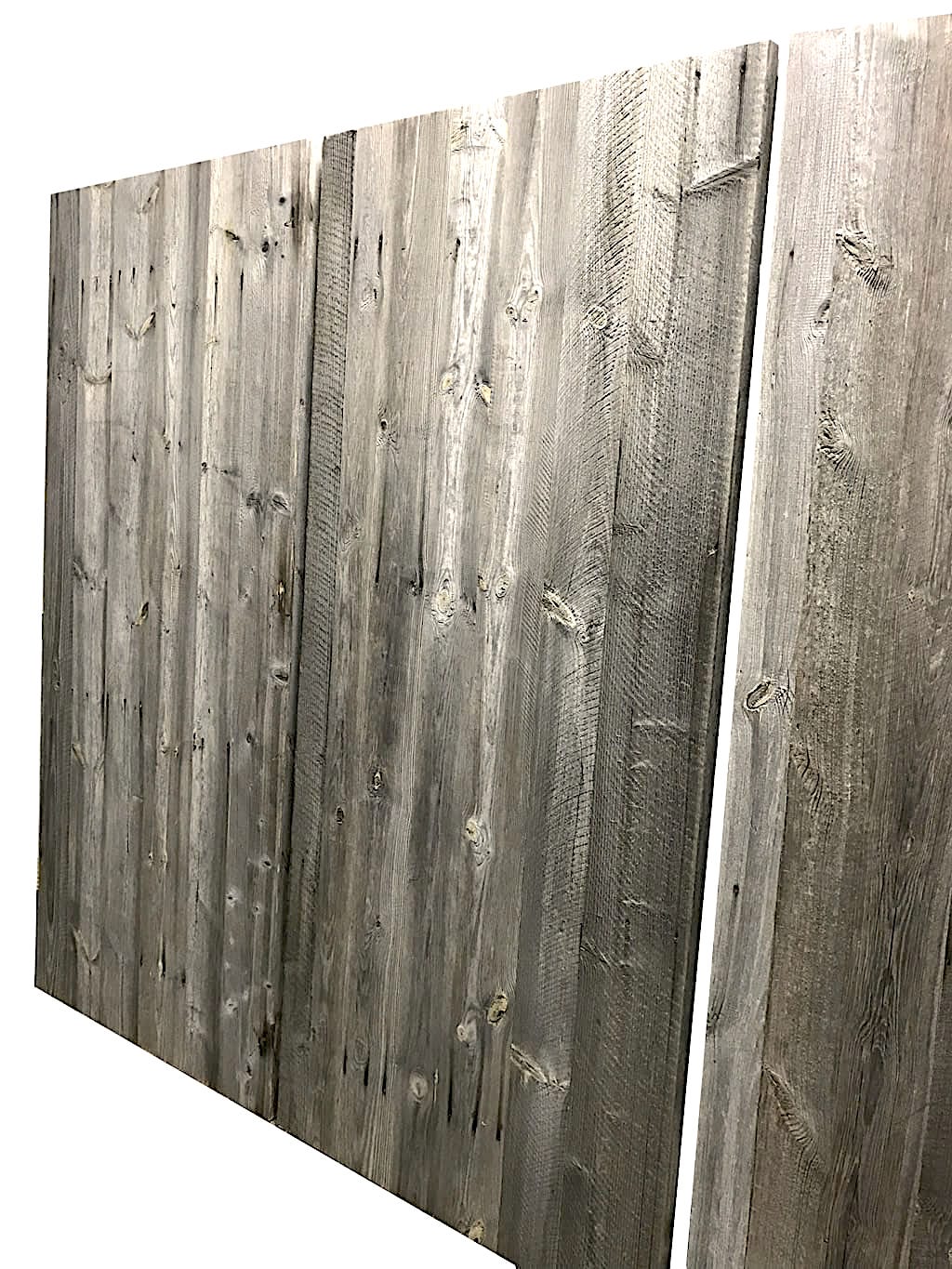
Reviving the elegance of heritage buildings requires a thoughtful blend of historical reverence and modern innovation. One of the most evocative methods to achieve this balance is through the use of aged wood paneling. This blog will explore the charisma of aged wood paneling (lambris bois vieilli), offering insights into its benefits, applications, and tips for integrating it into restoration projects.
Why Choose Aged Wood Paneling?
Aged wood paneling is more than just a design choice—it’s a tribute to the past. Its weathered texture and rich patina add depth and character to any space, making it an ideal material for restoration projects. Let’s unravel why aged wood paneling stands out.
Environmental Benefits
Reusing aged wood reduces the demand for new timber, thereby conserving forests. It also minimizes the carbon footprint associated with logging, processing, and transporting new wood. This eco-friendly choice aligns with sustainable building practices, making it a preferred option for environmentally conscious projects.
Historical Authenticity
Aged wood paneling brings historical authenticity that new materials can’t match. The unique grains, knots, and imperfections tell a story of their own, creating a visual and tactile connection to the past. This authenticity is invaluable in heritage restorations where preserving the original charm is paramount.
Durability and Strength
Old-growth wood, often used in aged paneling, is denser and more durable than many modern wood products. Its resilience to wear and tear makes aged wood paneling a long-lasting investment, particularly important in high-traffic areas of restored buildings.
Integrating Aged Wood Paneling into Restoration Projects
Incorporating aged wood paneling into your restoration project can be a seamless process with the right approach. Here are some key steps to guide you.
Assessing the Space
Before you begin, assess the space where you plan to install the paneling. Consider factors such as lighting, existing architectural features, and the overall aesthetic you aim to achieve. This initial assessment will help you determine the best type of aged wood paneling for your project.
Choosing the Right Wood
Different types of wood offer different aesthetics and benefits. Oak, for instance, is known for its strength and beautiful grain, while pine offers a softer, rustic look. Select the wood type that best complements your restoration project’s historical context and desired outcome.
Installation Techniques
Proper installation is crucial to ensure the longevity and visual appeal of aged wood paneling. Engage skilled craftsmen who understand the nuances of working with aged materials. They can ensure that the paneling is securely fitted and seamlessly integrated with existing structures.
Enhancing Interior Spaces
Aged wood paneling can transform interior spaces, adding warmth and sophistication. Let’s explore some creative applications.
Feature Walls
Create a striking focal point with an aged wood feature wall. This can be particularly effective in living rooms, dining areas, or entryways, where it can set the tone for the rest of the space.
Ceiling Treatments
Extend the charm of aged wood to your ceilings. Wood-paneled ceilings add a sense of grandeur and continuity, enhancing the overall ambiance of the room.
Built-in Furniture
Consider using aged wood for built-in furniture pieces like bookshelves, cabinets, or benches. These elements not only provide functional storage but also contribute to the cohesive aesthetic of the space.
Exterior Applications
Aged wood paneling isn’t limited to interiors. It can also enhance the exteriors of heritage buildings, offering both beauty and protection.
Facade Enhancements
Revitalize the facade of a building with aged wood cladding. This can highlight architectural details and create a visually cohesive exterior that respects the building’s historical significance.
Outdoor Structures
Incorporate aged wood into outdoor structures like pergolas, gazebos, or fences. These elements can seamlessly blend with the natural surroundings, creating inviting and harmonious outdoor spaces.
Window and Door Frames
Using aged wood for window and door frames can enhance the overall aesthetic of a building’s exterior. The natural patina of the wood complements the aged architecture, adding to the authenticity of the restoration.
Maintenance and Care
While aged wood paneling is durable, it requires proper care to maintain its beauty and integrity over time.
Regular Cleaning
Dust and dirt can accumulate on wood surfaces, dulling their appearance. Regularly dust the paneling with a soft cloth and clean with a gentle wood cleaner to preserve its luster.
Protecting Against Moisture
Moisture can damage wood, leading to warping or mold growth. Ensure that the paneling is sealed properly and maintain a stable indoor humidity level to prevent moisture-related issues.
Periodic Inspections
Conduct periodic inspections to identify any signs of damage or wear. Addressing issues promptly can prevent minor problems from escalating into major repairs.
Conclusion
Aged wood paneling offers a unique blend of historical charm, environmental benefits, and durability, making it an ideal choice for heritage restoration projects. By thoughtfully integrating this material into your design, you can create spaces that honor the past while providing enduring beauty and functionality.
Ready to start your restoration project? Our team of experts can help you select the perfect aged wood paneling and provide professional installation services. Contact us today to bring the timeless charm of aged wood to your space.
Blog & Magazine
Blog & Magazine
